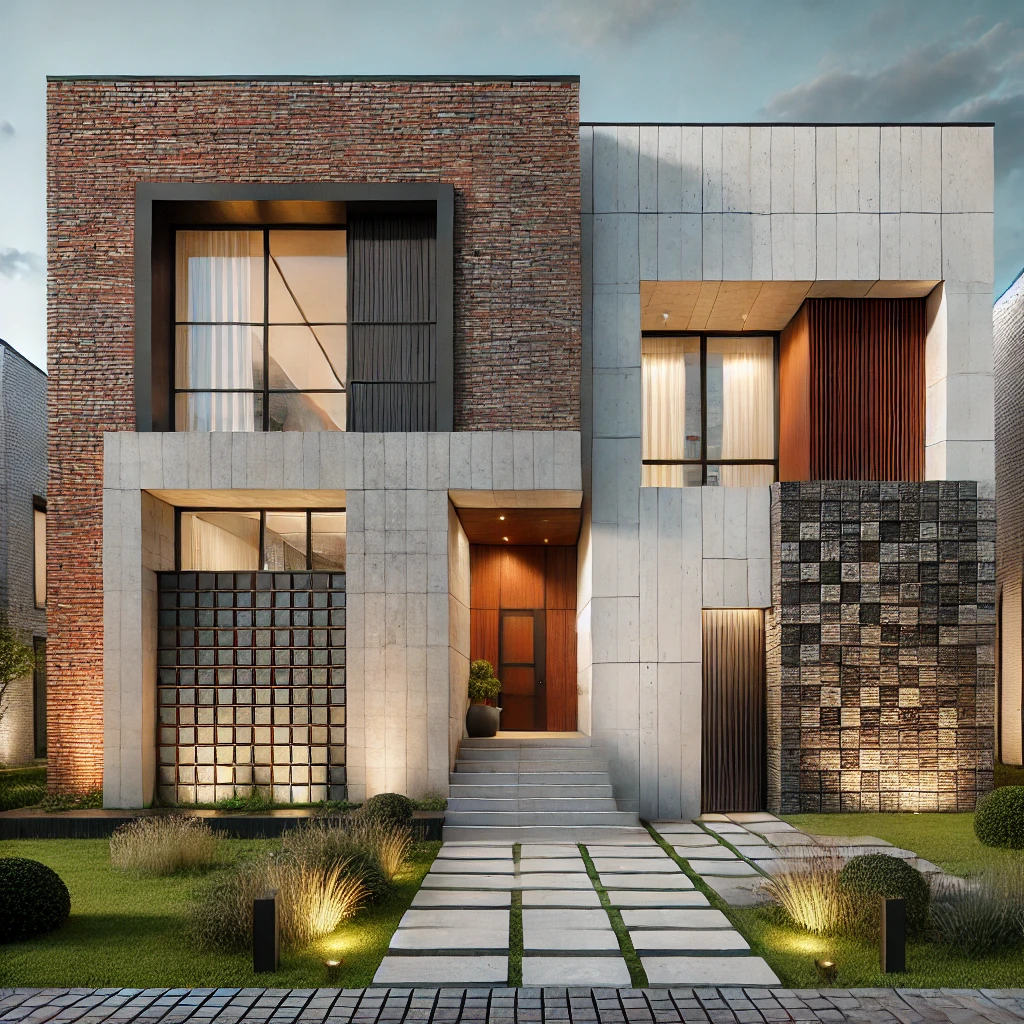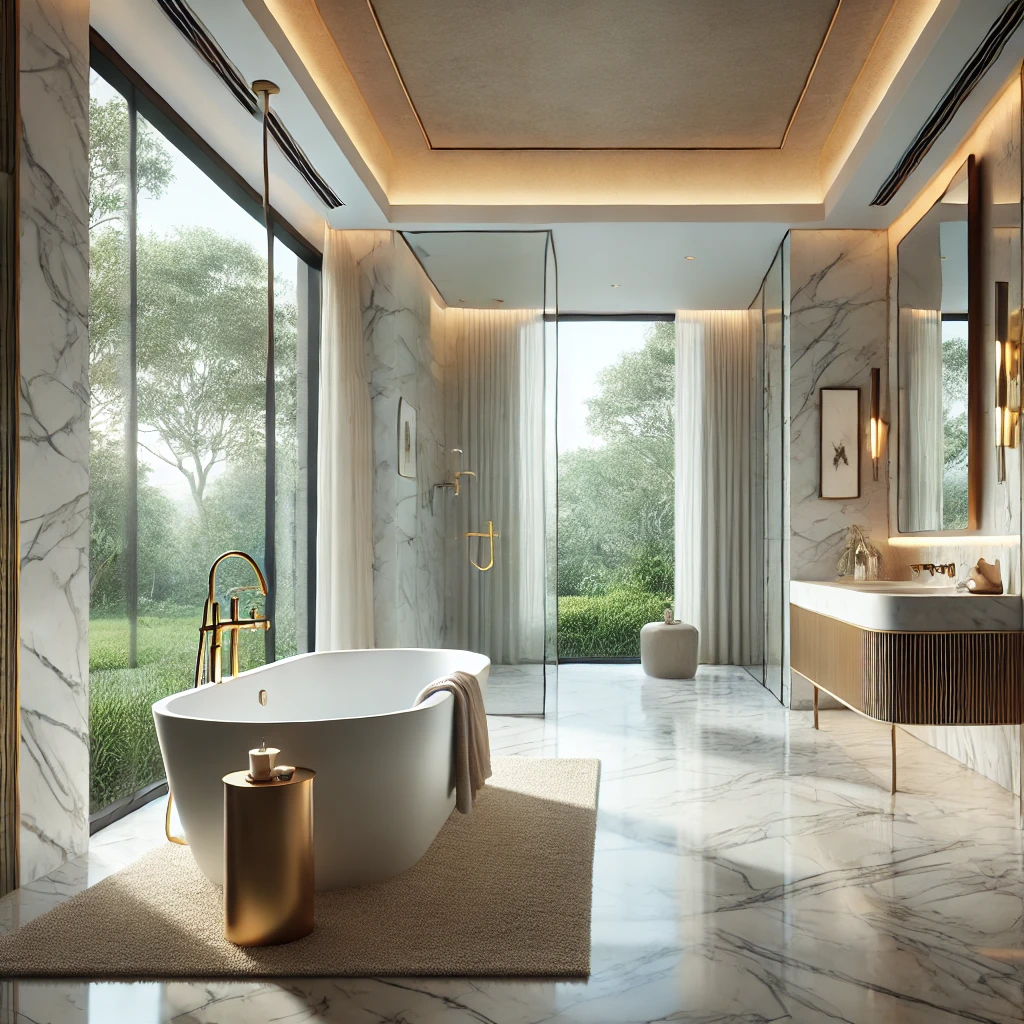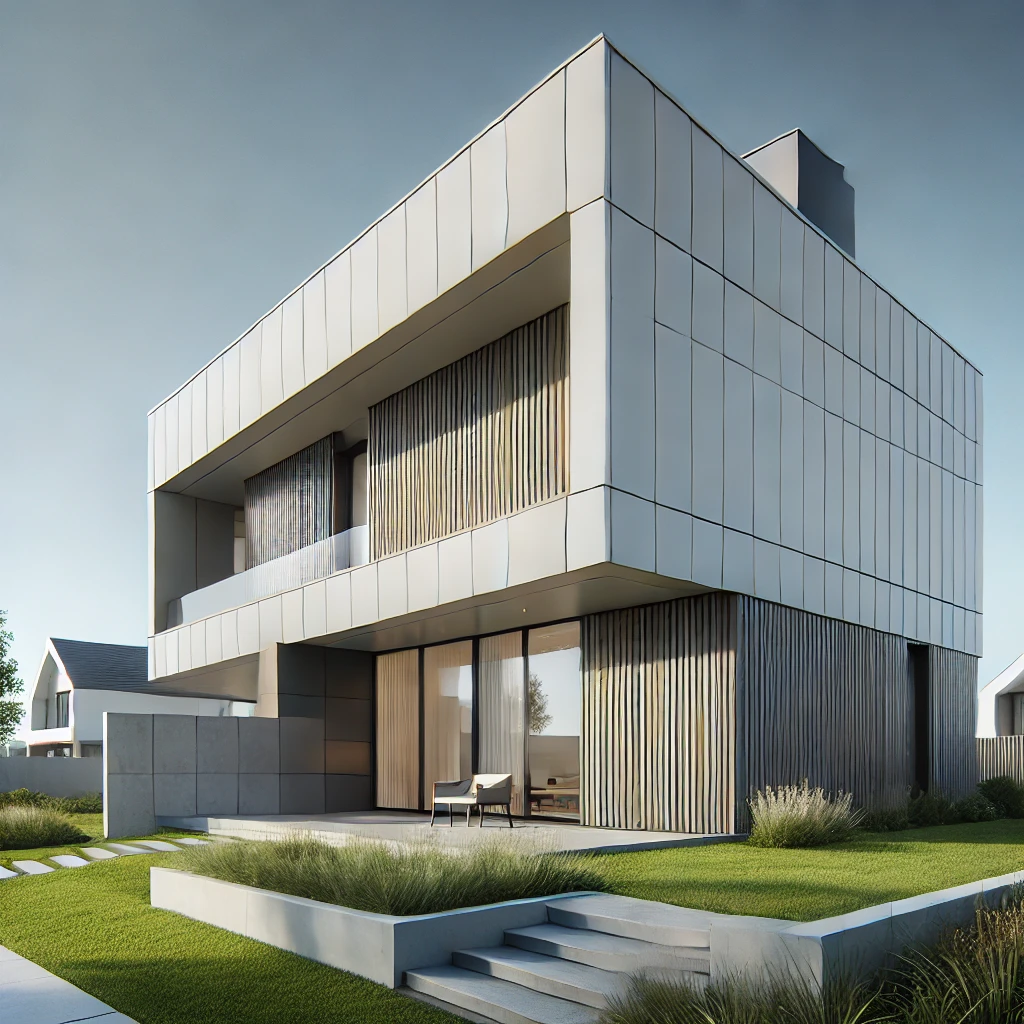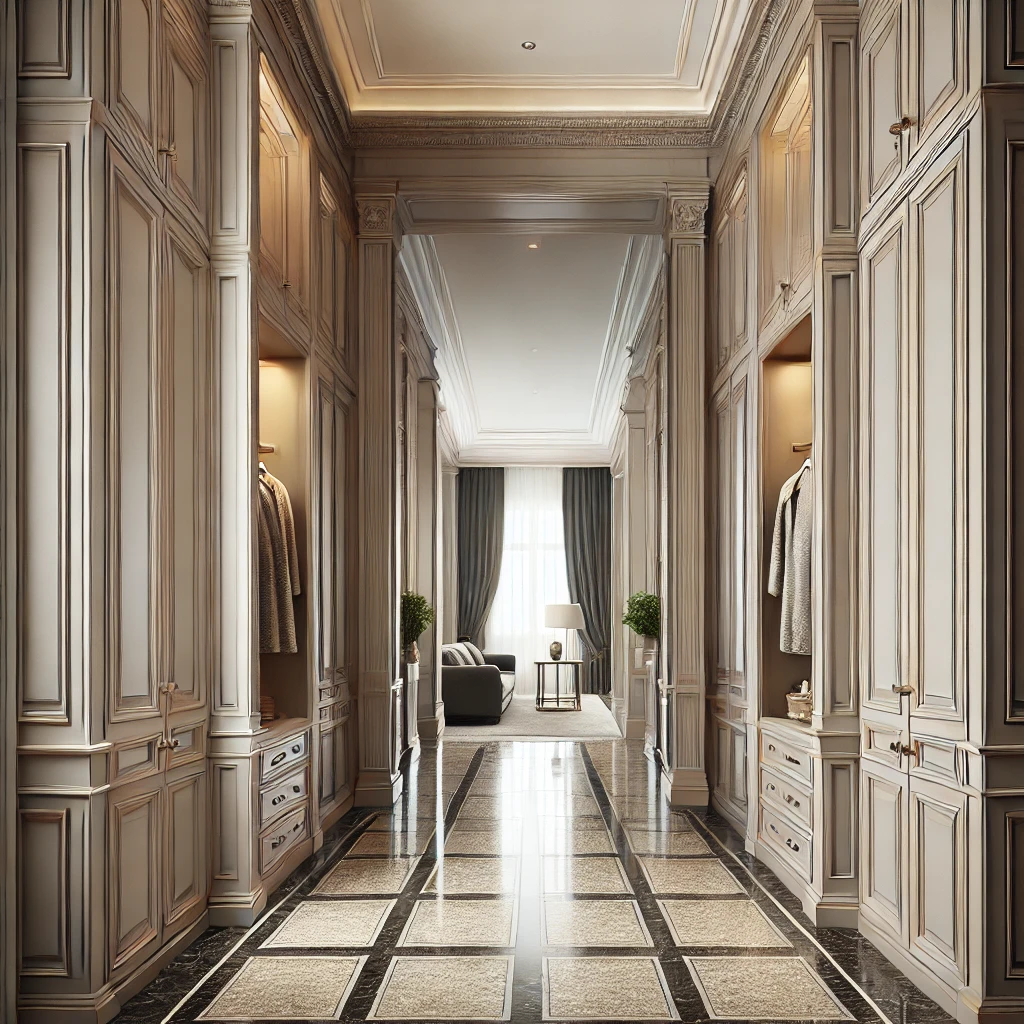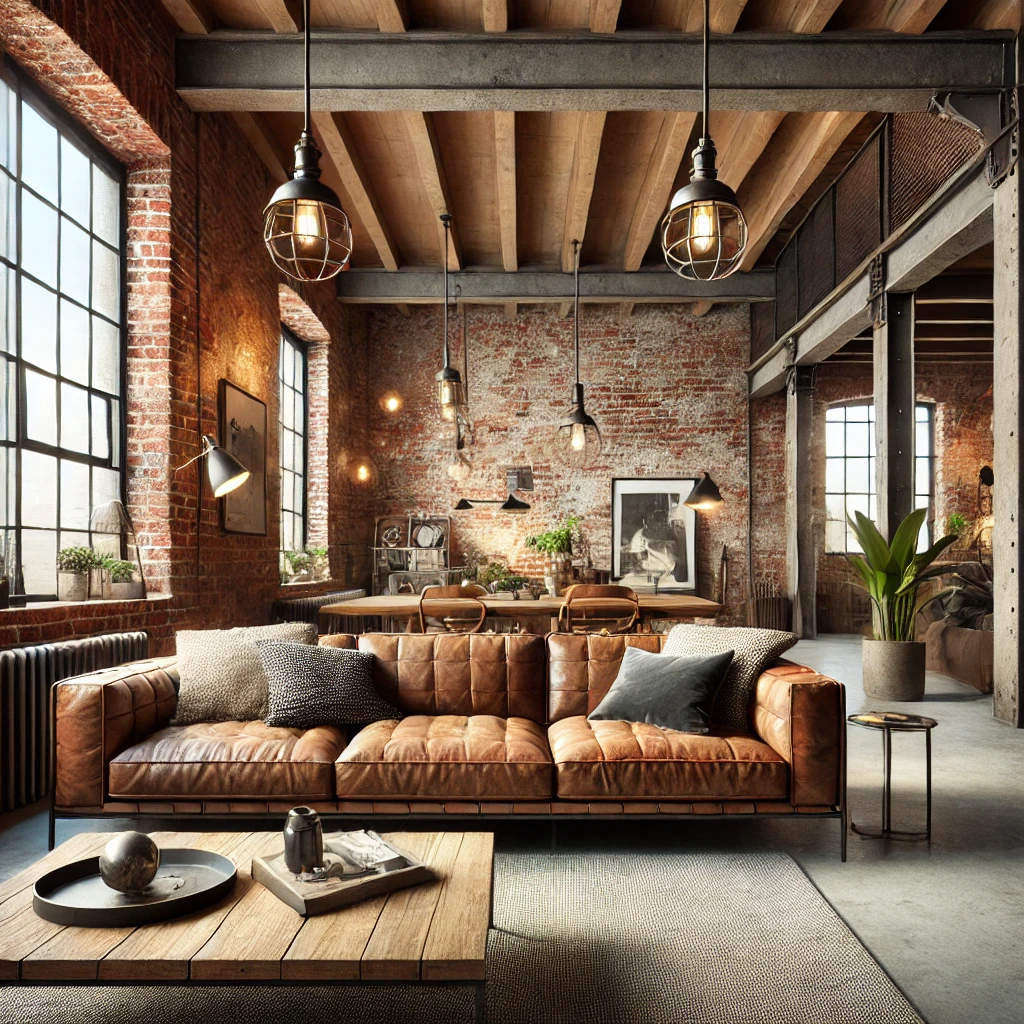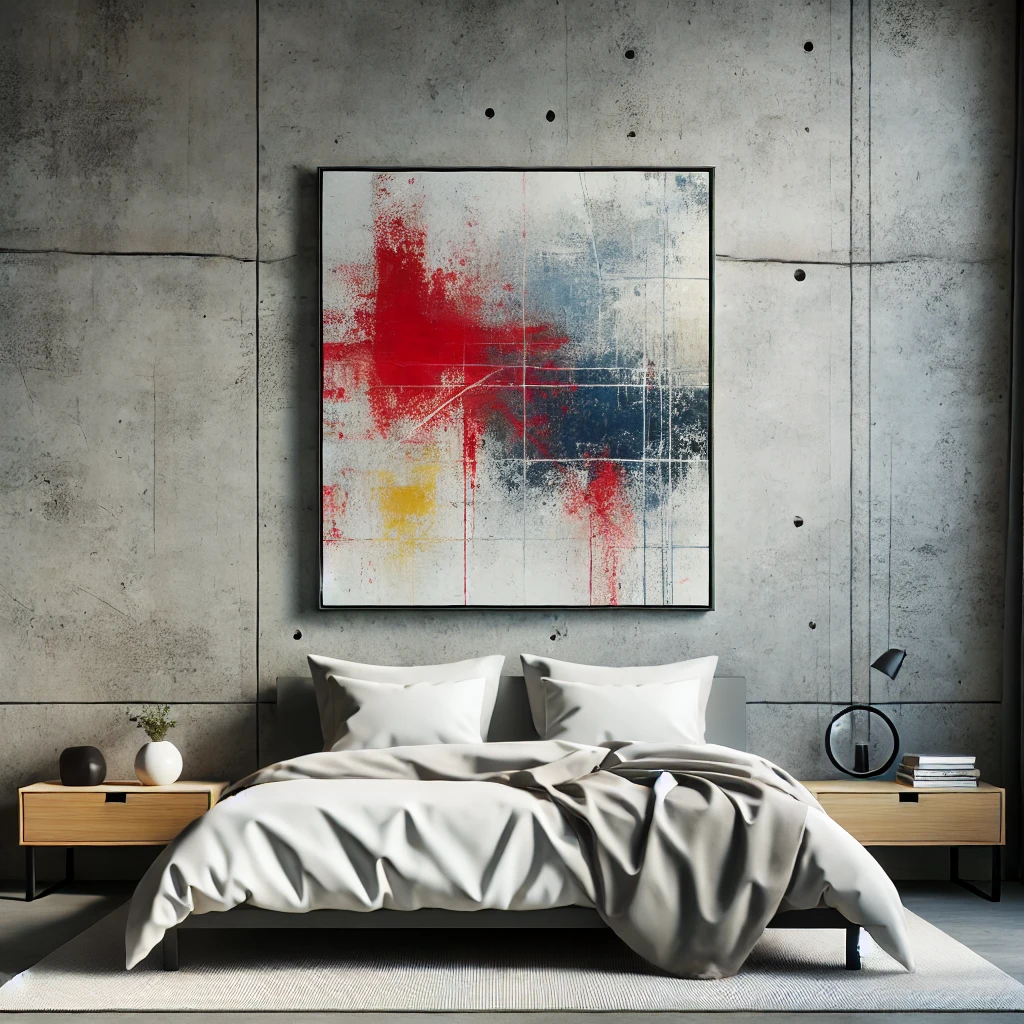Creating Beautiful Brick Facades: A Guide to Modern and Timeless Designs
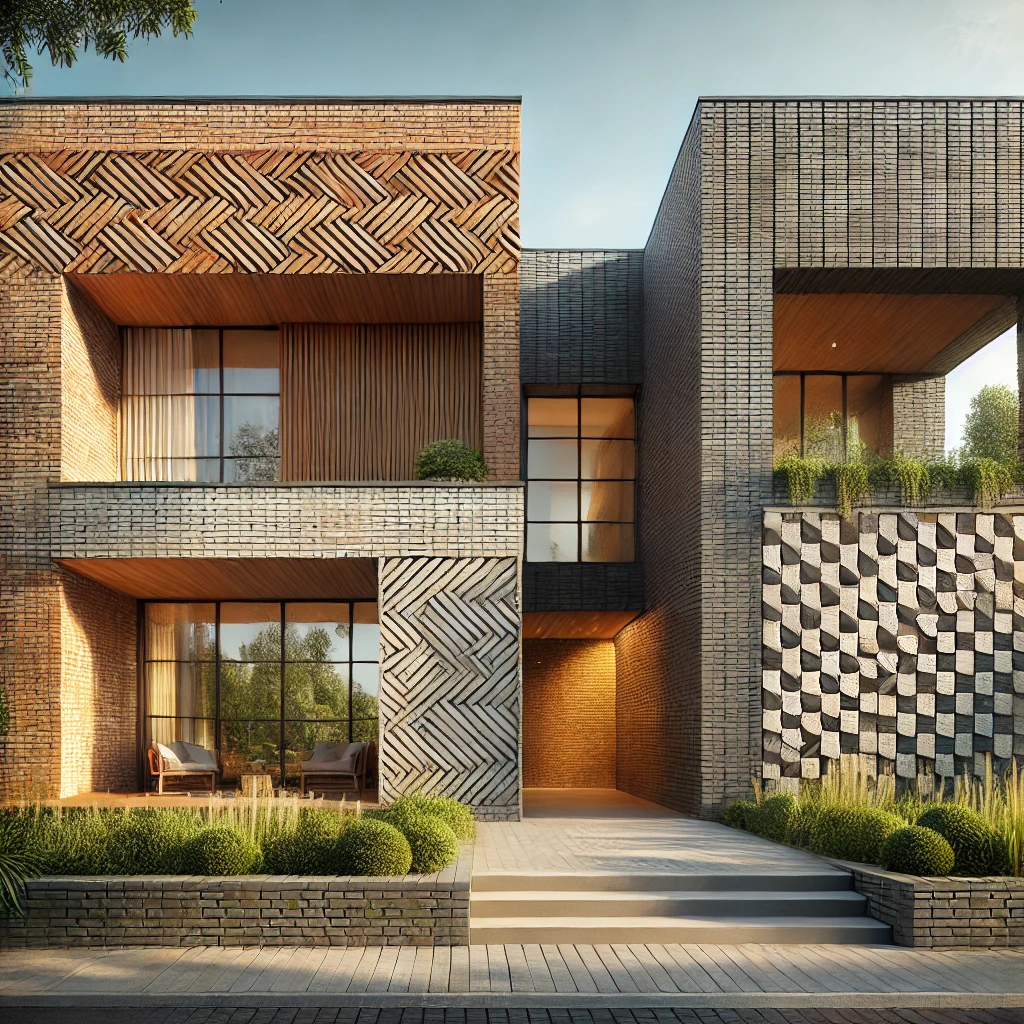
Brick is a material steeped in history and tradition, used for centuries to construct and beautify buildings. Today, brick facades continue to add charm and durability to homes, blending the old with the new in unique ways. Whether you’re restoring an old home or building a new one, understanding the various types of brick and their applications can help you make informed decisions.
The Classic Red Brick
For decades, architects in Europe utilized mainly two types of brick: red ceramic and white silicate. These bricks were the standard for both residential and industrial construction. Red ceramic bricks were especially popular, known for their distinct color and the varied textures they brought to facades.
In earlier times, many brick homes were left uncoated, exposing the natural imperfections and color variations of the bricks. If you’ve inherited such a home, a simple repainting of the facade can work wonders. This is a common practice today to refresh older homes while preserving their original charm.
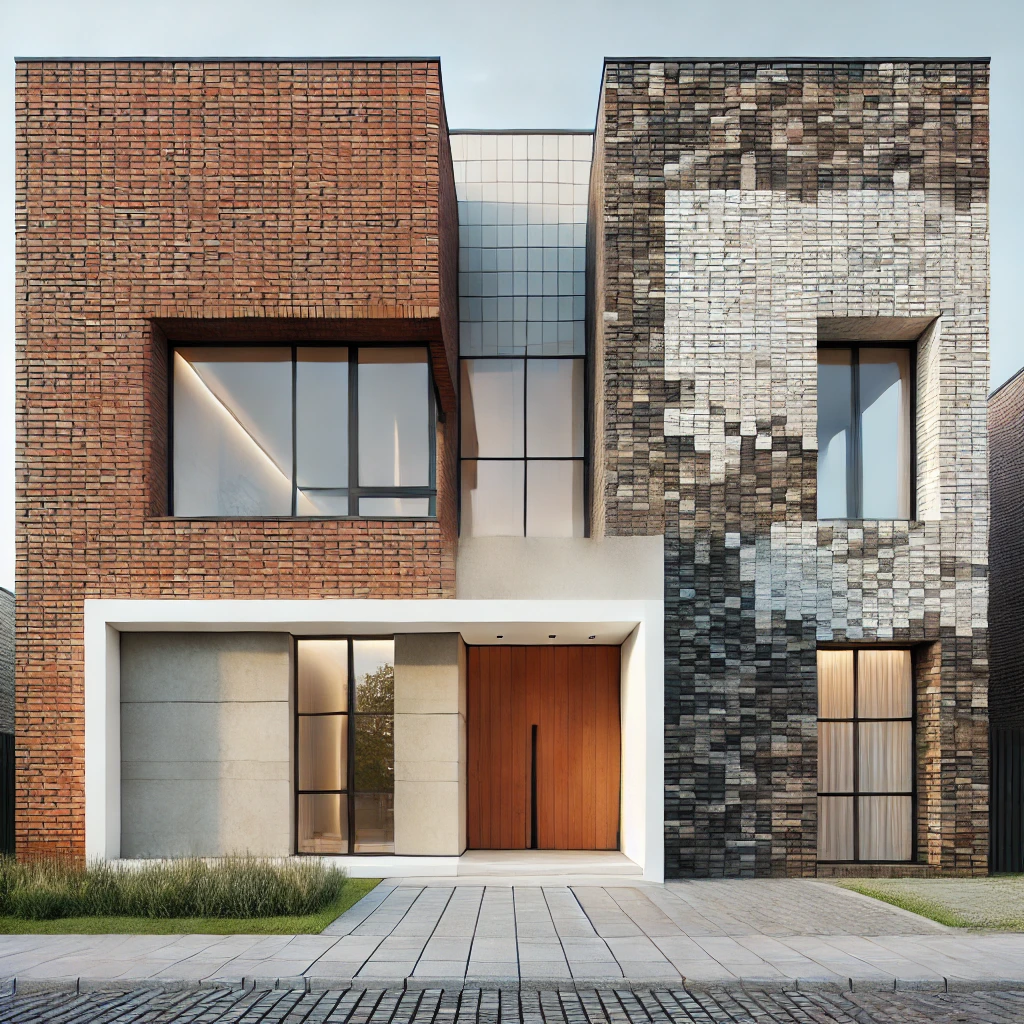
Modern Brick Options: From Bold Colors to Unique Textures
With the introduction of international manufacturers, the market has expanded to include a wide array of brick colors and finishes. From purple-hued bricks to those with a glazed surface or a rugged, hand-crafted look, the possibilities are endless.
One trend that’s gaining popularity is the use of bricks with intentional imperfections, giving new constructions an aged, antique feel. This style, however, is just beginning to catch on in Europe, where homeowners still often prefer perfectly uniform bricks that showcase the quality and craftsmanship of their facades.
Clinker Bricks: A Durable and Stylish Choice
Clinker bricks are another excellent option for those seeking durability and a wide range of aesthetic choices. These bricks undergo a high-temperature firing process that makes them extremely hard and long-lasting. Their low water absorption makes them suitable for both facades and landscaping projects, such as walkways and patios.
Clinker brick collections offer various colors and textures, including corner and end pieces that allow for intricate designs and patterns on building facades. Using clinker bricks can give your home a cohesive and elegant appearance, extending the brickwork theme from the exterior walls to the garden paths.
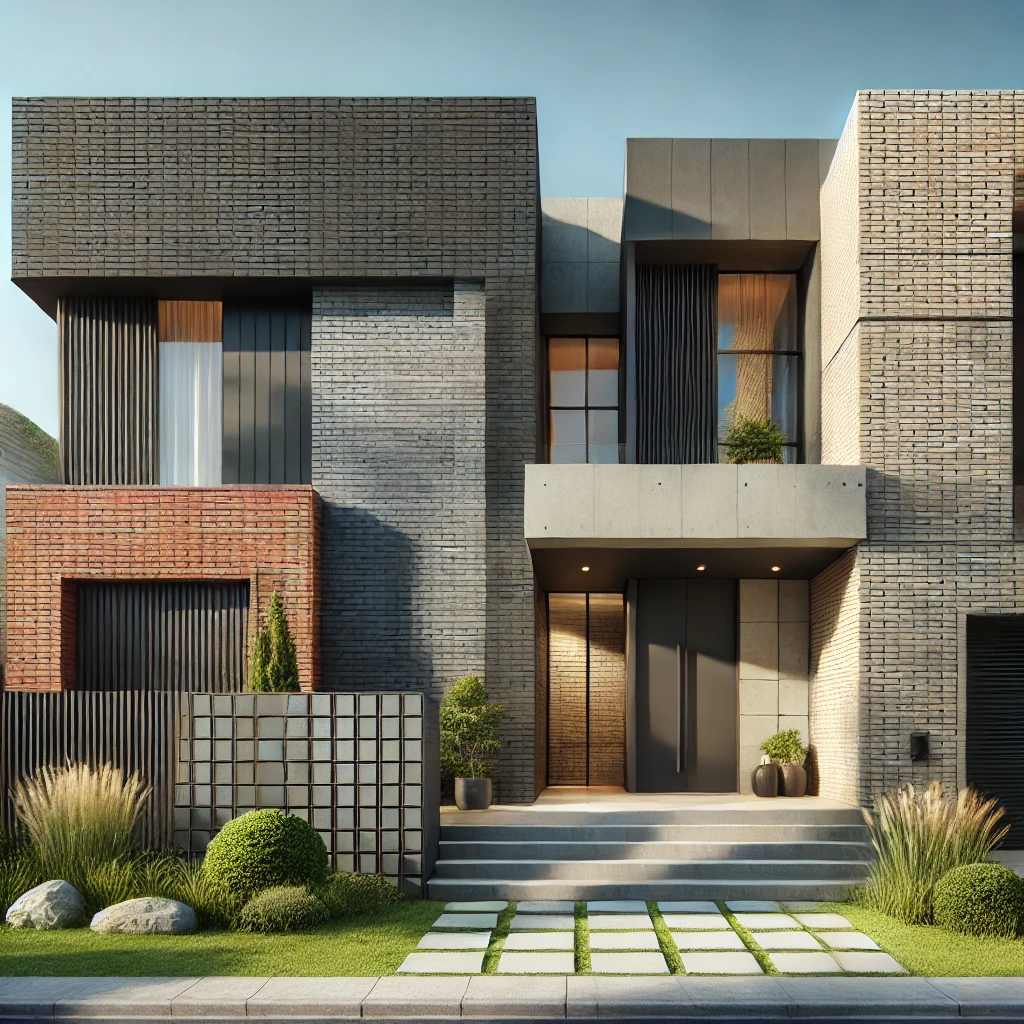
Planning Your Brick Facade: Key Considerations
Before committing to a brick facade, it’s crucial to plan thoroughly. Start by creating a detailed project visualization. Unlike other materials, bricks are not easily changed once in place, so it’s essential to get the design right from the beginning.
Work with Experienced Professionals
Engaging with a skilled architect and builders is vital when working with brick. A well-thought-out plan that includes specifications for materials and careful selection from the same batch of bricks can prevent color mismatches and other costly errors.
Don’t Skimp on the Foundation
Finally, ensure that your brick home is built on a solid foundation. A properly constructed base with good drainage will protect your facade from cracking and shifting over time. Remember, while bricks are a durable material, the longevity of your facade also depends on the quality of the foundation.
Looking for expert advice on your next project? Contact ZUBRA COLORS for a free consultation on the best brick options for your home. We offer a wide range of decorative paints and plaster solutions to complement any facade design. Reach out to us via WhatsApp for personalized advice and worldwide delivery of our products.
Innovative Uses of Brick: Beyond Traditional Facades
While brick facades are timeless, modern architecture has found creative ways to use brick in non-traditional applications. From decorative features to entire structural elements, bricks can be employed to add texture, color, and even patterns to a building’s design.
Decorative Brick Patterns
One way to elevate the look of a brick facade is by incorporating decorative brick patterns. This could involve laying bricks in unique configurations such as herringbone, basketweave, or Flemish bond. These patterns not only enhance visual interest but also showcase the craftsmanship involved in the construction.
In some cases, architects opt for brickwork that protrudes from the facade, creating a play of light and shadow throughout the day. This technique can be particularly effective for adding depth and dimension to flat surfaces, making the facade more dynamic.

Combining Brick with Other Materials
Brick can also be combined with other materials, such as wood, metal, or glass, to create striking contrasts. For example, a brick facade paired with large glass windows can blend the traditional with the contemporary, offering a balance of warmth and modernity. Similarly, using brick as an accent material alongside wooden cladding can add richness to the exterior, enhancing the overall aesthetic of the home.
Sustainable Brick Choices
As sustainability becomes increasingly important in construction, many homeowners are turning to eco-friendly brick options. These include bricks made from recycled materials or those produced using energy-efficient processes. Additionally, bricks have a long lifespan and can be reused or repurposed, making them a sustainable choice for environmentally-conscious builders.
One such sustainable choice is the use of large-format bricks or blocks, which require fewer resources to produce and install. These larger bricks can speed up construction while reducing the amount of mortar needed, leading to cost savings and a smaller environmental footprint.
Brick Facade Maintenance: Keeping It Looking Fresh
Once you’ve chosen the perfect brick facade, maintaining it is key to ensuring it remains beautiful and functional for years to come. Unlike other materials, bricks are relatively low-maintenance, but they do require some attention to keep them in top condition.
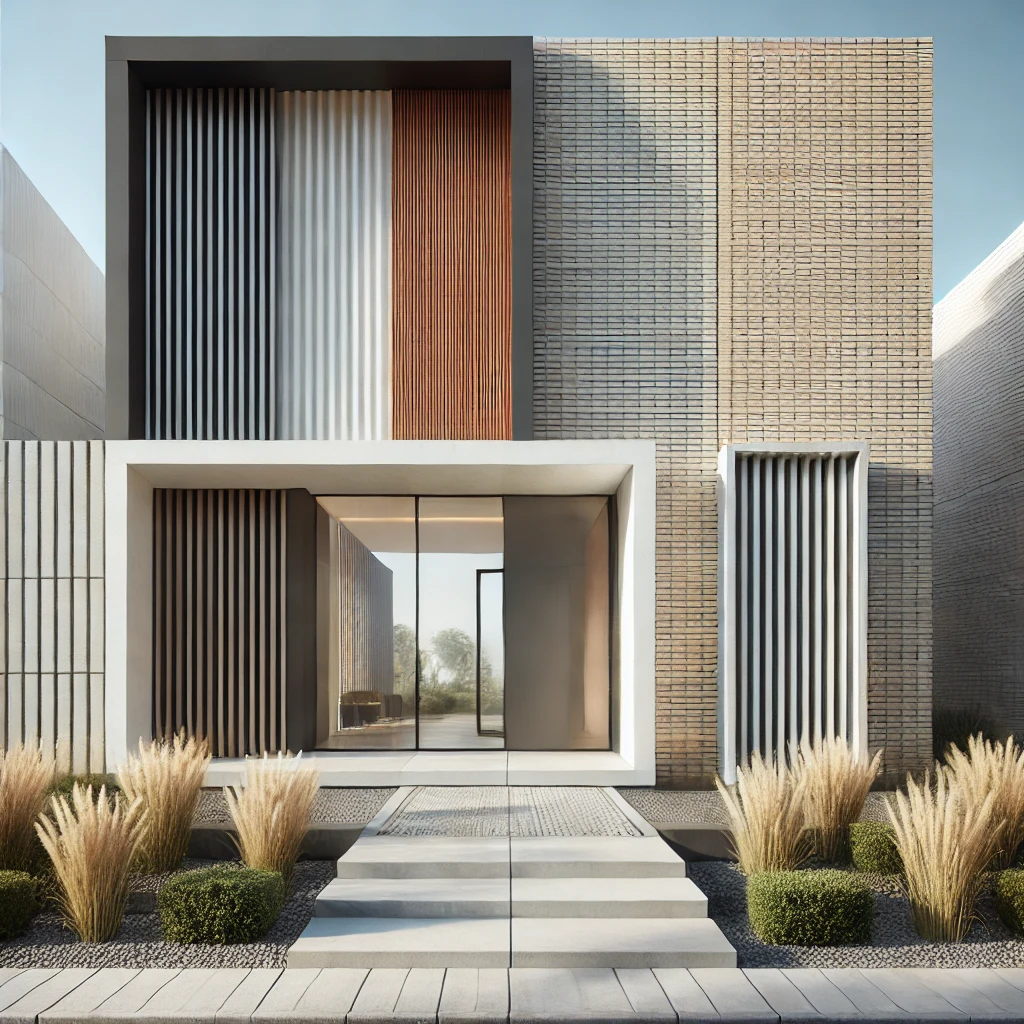
Regular Cleaning
Over time, dirt, moss, and other debris can accumulate on brick surfaces. Regular cleaning with a soft brush and mild detergent can help keep your bricks looking their best. For tougher stains, such as graffiti, a professional cleaning service may be required to avoid damaging the brickwork.
Inspecting and Repairing Mortar Joints
The mortar joints between bricks are crucial to the structural integrity of the facade. Regularly inspecting these joints for cracks or gaps can prevent water infiltration, which can cause significant damage over time. If you notice any issues, it’s important to address them promptly by repointing the joints with fresh mortar.
Sealing the Brickwork
Depending on your local climate, sealing the brickwork might be advisable to protect it from moisture and frost damage. A high-quality sealant can provide a barrier against the elements, helping to preserve the color and integrity of your bricks.
Your Next Steps: Bringing Your Brick Facade Vision to Life
Whether you’re drawn to the classic appeal of red bricks, the modern look of glazed bricks, or the innovative use of brick patterns, your facade can be a defining feature of your home. The key is careful planning, selecting the right materials, and ensuring expert craftsmanship throughout the project.
At ZUBRA COLORS, we offer a comprehensive range of decorative paints, plasters, and consultation services to help you achieve the perfect facade. Our experts are here to guide you through every step of the process, from selecting materials to applying the final touches. Contact us today via WhatsApp to schedule your free consultation and discover how we can bring your vision to life.
Ready to start your project? Reach out to ZUBRA COLORS for personalized advice and worldwide delivery of our products. Let’s create something beautiful together!
